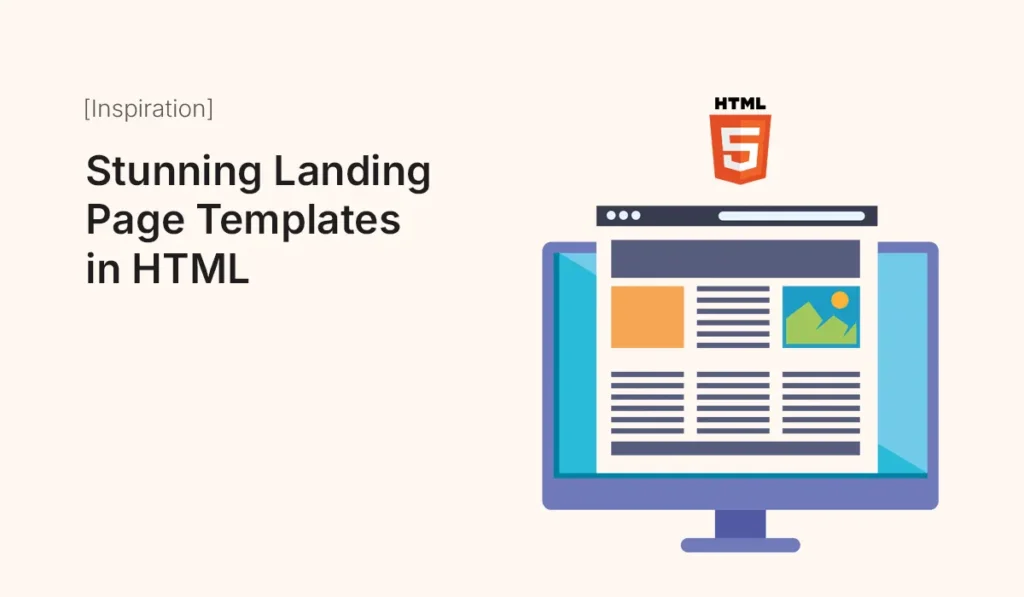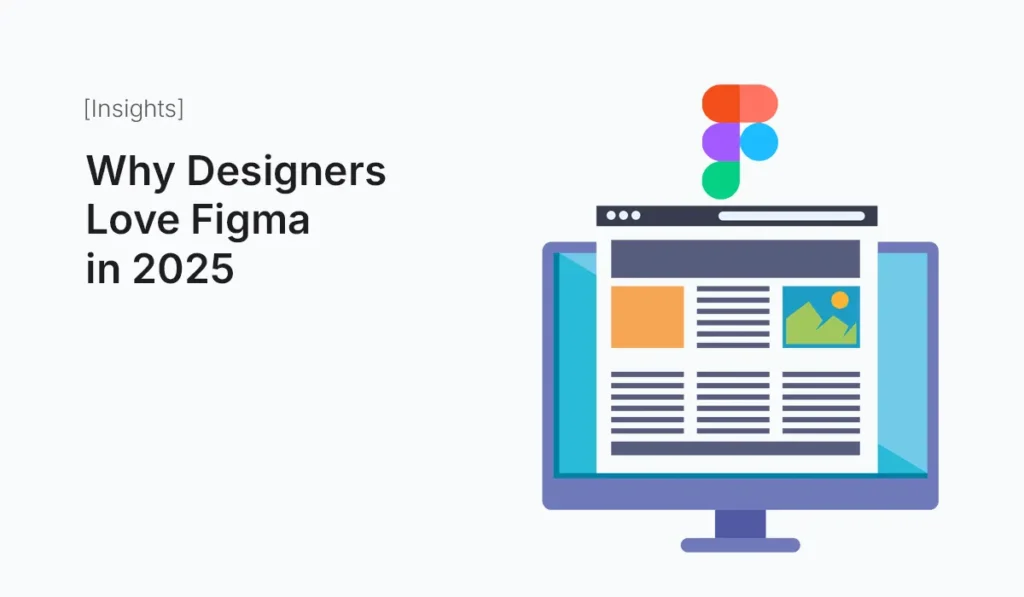Stunning Landing Page Templates in HTML

Introduction A well-designed landing page is crucial for conversions, lead generation, and creating a strong first impression. In HTML web development, landing page templates provide a ready-made structure, modern design, and responsive layout, helping developers and businesses launch pages quickly. This article showcases stunning landing page templates in HTML, along with tips for choosing and customizing them for your projects. Why Use Landing Page Templates Top 8 Stunning HTML Landing Page Templates Landing Page by HTML5 UP Creative Landing by Start Bootstrap App Landing by Templated Startup Landing by BootstrapMade Landing Page by Colorlib Product Landing by UIdeck One-Page Landing by One Page Love Creative Tim Free Landing Templates Tips for Customizing HTML Landing Page Templates Common Mistakes to Avoid Why HTML Templates Still Work for Landing Pages Even with page builders and AI tools, HTML templates offer unmatched control and flexibility: Conclusion HTML landing page templates are an excellent resource for developers, designers, and businesses looking to create fast, visually stunning, and conversion-optimized pages. With pre-built sections and responsive layouts, these templates save time while giving you full creative control. Start experimenting with these templates today, customize them to your brand, and launch your next landing page in no time! Browse these stunning HTML landing page templates and start building a professional, responsive landing page today!
Why Designers Love Figma in 2025

Introduction The design industry is constantly evolving, and so are the tools designers rely on. Over the years, Adobe Photoshop, Sketch, and other design tools have had their moment in the spotlight. But in 2025, Figma stands out as the most loved design platform worldwide. What started as a cloud-based collaborative tool in 2016 has now become the backbone of UI/UX design, product design, and even creative collaboration across industries. From solo freelancers to Fortune 500 companies, Figma has captured the hearts of designers everywhere. So why exactly do designers love Figma in 2025? Let’s explore. Cloud-Based Collaboration Still Reigns Supreme In 2025, real-time collaboration remains one of Figma’s strongest selling points. Unlike traditional software where files are local, Figma operates entirely in the cloud. For distributed teams, this collaborative environment is a game changer. Cross-Platform Freedom Figma continues to be platform-agnostic. Whether you’re on Windows, macOS, Linux, or just using a web browser, Figma runs smoothly. In 2025, the mobile Figma app is more robust, making it possible for designers to review, comment, and even tweak designs on the go. This flexibility is one reason Figma is universally adopted across teams. Integrated Design + Prototyping Designers once had to switch between Sketch (for design) and InVision (for prototyping). But with Figma: This streamlined workflow reduces friction and keeps designers focused on creating instead of juggling multiple tools. FigJam: Beyond UI Design Since its launch, FigJam (Figma’s whiteboard tool) has grown into an essential collaboration hub in 2025. For many companies, FigJam has replaced tools like Miro and MURAL, making Figma the all-in-one creative space. Rich Ecosystem of Plugins & Widgets The Figma Community is thriving in 2025, offering thousands of free and paid plugins, UI kits, and templates. Designers love how: The community-driven ecosystem ensures that Figma is always expanding with fresh resources. Accessibility & Inclusivity by Default Accessibility is no longer an afterthought in 2025—it’s essential. Figma leads the way by integrating accessibility features directly into the workflow: This commitment to inclusivity makes Figma the preferred tool for companies focused on global user bases. Performance & Scalability Figma has improved massively in terms of speed and performance. Even with huge files, multiple users, and complex components, the tool remains smooth. In 2025, scalability matters more than ever: Seamless Handoff to Developers One of the biggest reasons designers love Figma is how easy it makes handoff to developers. This feature alone eliminates misunderstandings between design and development teams. AI-Powered Design Assistance In 2025, Figma has fully embraced AI-powered features to make design smarter and faster: These tools don’t replace creativity but act as an assistant, letting designers focus on strategy and innovation. A Thriving Community Designers love Figma not only for the tool itself but for its community-driven culture. Figma’s culture is as much a reason for loyalty as the product itself. Why Figma Beats Competitors in 2025 Figma manages to strike the perfect balance: professional-grade tools with beginner-friendly usability. What Beginners Love About Figma For students and aspiring designers, Figma feels approachable without sacrificing professional power. Future of Figma Beyond 2025 With its rapid growth and constant innovation, Figma is set to remain the industry leader for years to come. Likely future developments include: Conclusion In 2025, designers love Figma because it’s more than just a design tool—it’s an entire ecosystem that supports the end-to-end creative process. From brainstorming in FigJam to designing interfaces, prototyping, collaborating, and handing off to developers, Figma does it all. Its cross-platform accessibility, real-time collaboration, plugin ecosystem, and AI enhancements make it a designer’s dream. Whether you’re a beginner, a freelancer, or part of a global enterprise, Figma continues to empower creativity like no other tool. Level up your workflow today and see why professionals swear by it—start creating with Figma in 2025 and experience the future of design.
